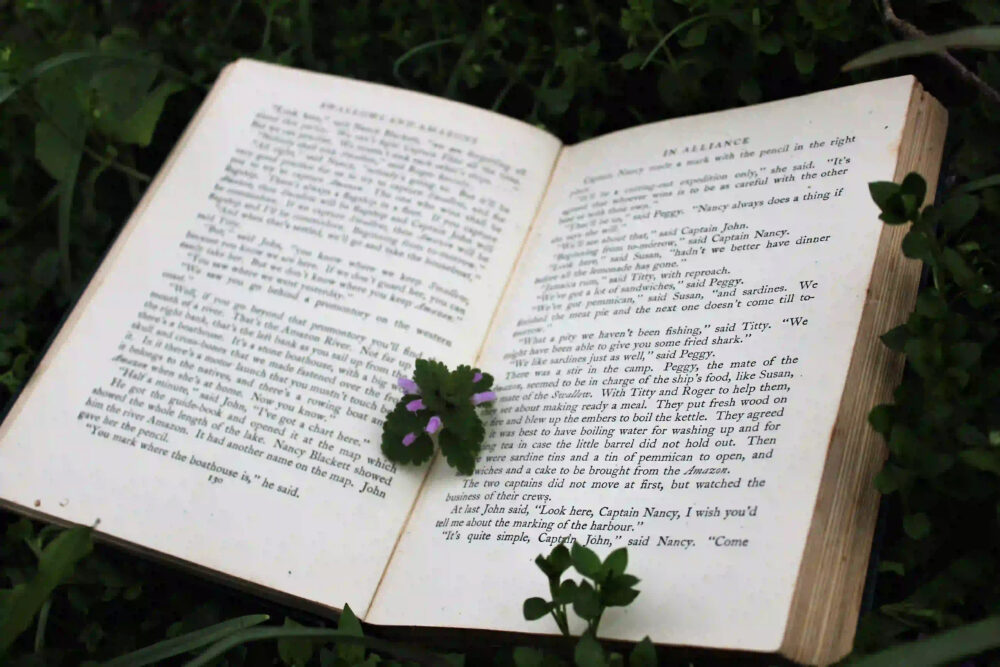Mystery fiction has captivated readers for centuries, taking them on thrilling journeys filled with suspense, intrigue, and the quest for truth. From the early days of Sherlock Holmes to the rise of psychological thrillers, this genre has evolved and adapted to the changing tastes of readers. In this blog post, we will explore the fascinating evolution of mystery fiction, tracing its roots and examining how it has transformed over time.
The Birth of Sherlock Holmes
No discussion about mystery fiction can begin without mentioning the iconic detective Sherlock Holmes. Created by Sir Arthur Conan Doyle in the late 19th century, Holmes became the epitome of the brilliant and eccentric detective. With his keen powers of observation and deduction, Holmes solved complex cases that baffled both the police and readers.
The stories featuring Sherlock Holmes introduced readers to a new form of storytelling, one that combined intricate puzzles, compelling characters, and a sense of adventure. Doyle’s masterful writing and Holmes’ unmatched intellect made these stories an instant success, captivating readers and laying the foundation for the mystery genre as we know it today.
The Golden Age of Detective Fiction
Following Sherlock Holmes, mystery fiction experienced a boom in popularity during the Golden Age of Detective Fiction, which spanned from the 1920s to the 1940s. During this period, authors like Agatha Christie, Dorothy L. Sayers, and Raymond Chandler emerged as prominent figures in the genre.
Agatha Christie, often referred to as the Queen of Crime, created memorable characters such as Hercule Poirot and Miss Marple. Her intricate plots and unexpected twists kept readers guessing until the very end. These classic whodunit mysteries became immensely popular, captivating audiences with their clever mysteries and well-crafted puzzles.
Simultaneously, authors like Raymond Chandler introduced a grittier and more hard-boiled style of detective fiction. Chandler’s protagonist, Philip Marlowe, navigated the seedy underbelly of society, dealing with corruption, crime, and femme fatales. These stories brought a new level of realism and complexity to the genre, appealing to a different set of readers.
The Rise of Psychological Thrillers
As the 20th century progressed, mystery fiction began to embrace psychological elements, leading to the rise of psychological thrillers. Authors like Patricia Highsmith and Gillian Flynn pushed the boundaries of the genre, exploring the human psyche and delving into the dark recesses of the human mind.
Psychological thrillers captivated readers by blurring the lines between the criminal and the investigator, making them question the nature of truth and reality. These stories often featured unreliable narrators, complex characters with hidden motives, and mind-bending plot twists. Gone Girl, by Gillian Flynn, became a cultural phenomenon, showcasing the genre’s ability to captivate readers with its psychological depth and gripping narratives.
Conclusion
The evolution of mystery fiction from Sherlock Holmes to psychological thrillers has been a thrilling journey in itself. From the early days of the brilliant detective to the complex and psychologically gripping narratives of today, mystery fiction has constantly evolved to meet the changing interests of readers.
As we look to the future, it’s exciting to imagine what new subgenres and storytelling techniques will emerge within the mystery fiction genre. The only certainty is that mystery fiction will continue to captivate readers with its ability to keep them on the edge of their seats, eagerly turning the pages in search of answers and the thrill of the unknown.
